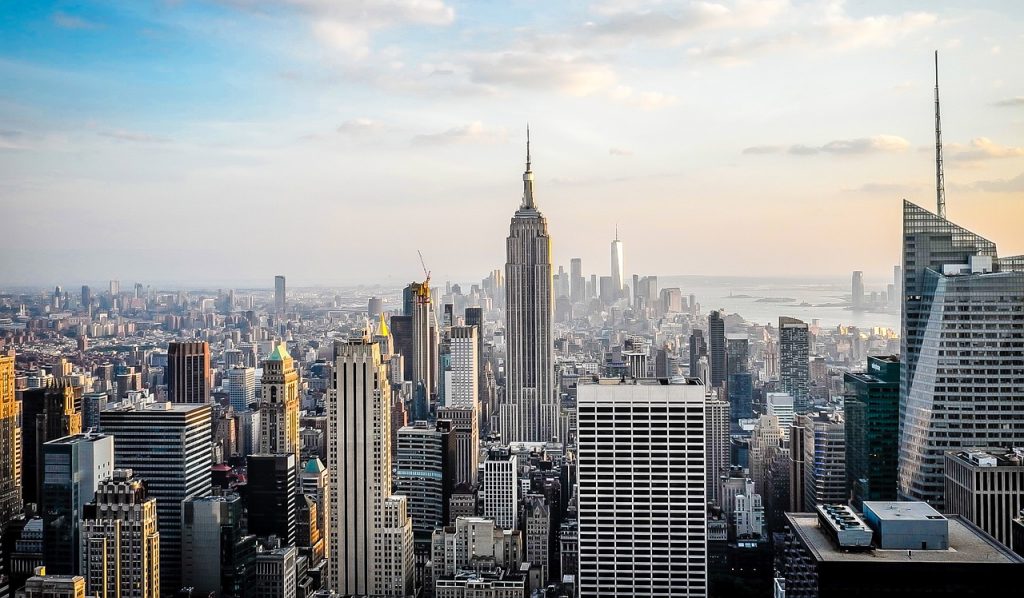Why New York City’s Economy May Be In Major Trouble
An ongoing migrant crisis, a surplus of office space vacancies, and overarching national economic issues have put New York City's economy in a precarious position.
This article is more than 2 years old

Despite an increase in employment and tourism, the outlook for the New York City economy is not great. The revelation was made by Mayor Eric Adams as part of a $102.7 billion budget proposal for 2024. Adams also discussed investments into public safety and affordable housing, while promoting strong fiscal management.
The New York City budget proposal will be voted on by the council later this year. “We crafted this budget in the environment of economic and fiscal uncertainty,” Mayor Adams said via CNN Business. “While our country has made an amazing recovery since the darkest days of the pandemic, the national economy has slowed as the Federal Reserve raises interest rates to stamp down inflation,” he added.
Vacancy rates for office jobs are at record highs. This is largely due to the slow pace of people returning to offices since the 2020 pandemic shutdown. According to analysis from the preliminary budget, this trend has weakened the commercial office market in New York City. Further fiscal challenges are due to the migrant crisis.
The Adams administration estimates that approximately 40,000 asylum seekers arrived in New York City since April 2022. But figures from the preliminary budget indicate that New York City’s share of $785 million earmarked for major cities struggling to deal with the migrant crisis won’t cover all the costs of the sudden influx of people.
The budget also lists rising healthcare costs and settling expired labor contracts as financial hurdles for New York City. But it’s not all bad news for the city. Employment has grown by 4.8 percent. That’s more than a percentage point more than the state, which is at 3.3 percent. The figure for the entire country is currently 3.2 percent, according to the preliminary budget.
Approximately 88 percent of jobs that were lost during the global pandemic have been recovered in New York City. There is also $8.3 billion in budget reserves. The budget also lists investments in affordable housing and addressing environmental concerns as priorities. The city plans to invest $153 million into the development of Willets Point over the next 10 years.
The endeavor will transform the area from a gritty industrial zone in Queens into a community with 2,500 affordable homes. There are also plans to build a soccer stadium, hotels, and public parks, CNN Business says. New York City will also enhance security measures at schools. About $47.5 million will be added to the existing $30 million in capital funding to upgrade doors and entryways.
New York City has also set aside $228 million for high-priority street reconstruction projects, $77 million for signal installation, and $46 million for marine infrastructure upgrades in Manhattan and Staten Island. “We are focused on governing efficiently and measuring success, not by how much we spend but by our achievements,” Major Adams explained about the economy.
However, it’s difficult to discern how the New York City spending plan would affect services. Council leaders fear the worst. Speaking to The New York Times, Speaker Adrienne Adams said the council’s vision for the city differs from the Mayor’s. “We will not allow our city to be damaged by the undermining of agencies and services,” she told the publication.
She said the New York City council is committed to service delivery and is prepared to fight to realize its vision for the economy in the new budget.








